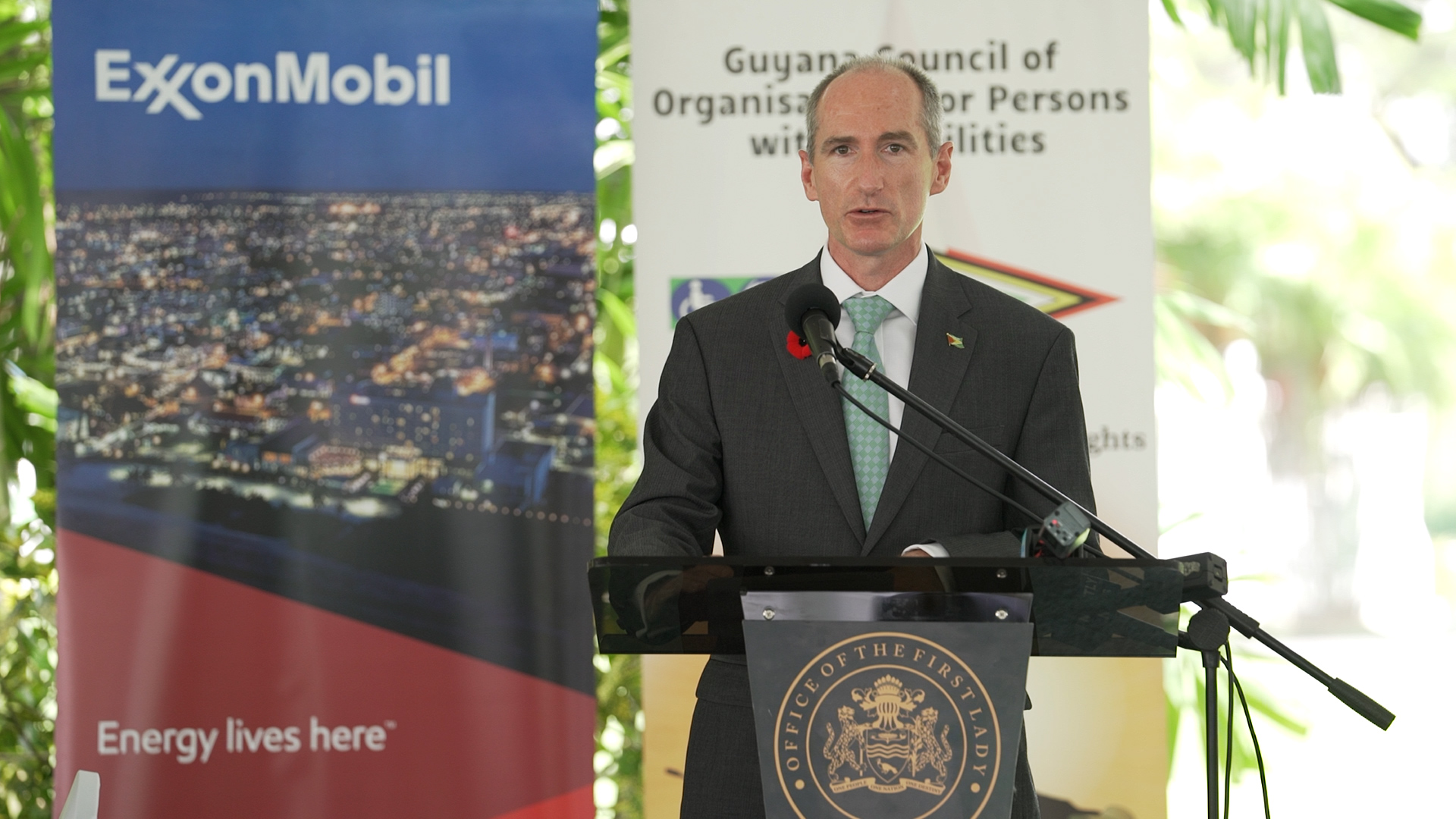There have been 27 profitable discoveries in the Stabroek Block, offshore Guyana. While the announcements of new oil discoveries seem almost routine, this level of success is not normal.
This is according to President of ExxonMobil Guyana Alistair Routledge, who expects that there will be further successes as the oil giant continues to explore offshore Guyana.
Production at Guyana’s Stabroek block started in December 2019, just less than five years since oil was first discovered offshore Guyana. And Routledge pointed out that in just about six years, a string of commercially viable discoveries have been made.
“To achieve that amount is quite outstanding.
“We tend to forget this is still a frontier exploration region so the success rate we’re having really speaks to the technology we’re able to bring (and) the experience from similar basins around the world,” Routledge said in a pre-recorded statement issued on Wednesday.
For context, a frontier region refers to a region where there is no guarantee that profitable reserves will be found. And so, companies searching for oil often make high-risk investments.
Cognisant of that, Routledge said, “This is not normal, this level of success.”
Routledge’s statement was issued after ExxonMobil announced that two new commercially- viable discoveries have been made at the Fangtooth-1 and the Lau Lau- 1 wells in the Stabroek Block offshore Guyana.
These discoveries increased the current total estimate of recoverable oil-equivalent barrels in Guyana’s territory to more than 10 billion barrels. And in its 2020 annual report, the company boasted that oil production in Guyana started twice as fast in Guyana compared to the industry average for projects of this size.
Meanwhile, since production started in 2019, Guyana has been able to accumulate more than US $600 million from royalties and revenues. And in his statement, Routledge said that he expects that more benefits will reach Guyanese in the coming years.
Among those benefits, he pointed out, will be the gas-to-energy project planned for Wales on the West Bank of Demerara (WBD) in Region Three (Essequibo Islands- West Demerara).
This is a highly touted project of the government, promised to help cut the cost of electricity locally by about half.
Additionally, the second oil ship- the Liza Unity– is on track to start production in the first quarter of 2022 and has a target of 220,000 barrels of oil per day at peak production.
This adds to the Liza Destiny, which is currently operating in the Stabroek block.






